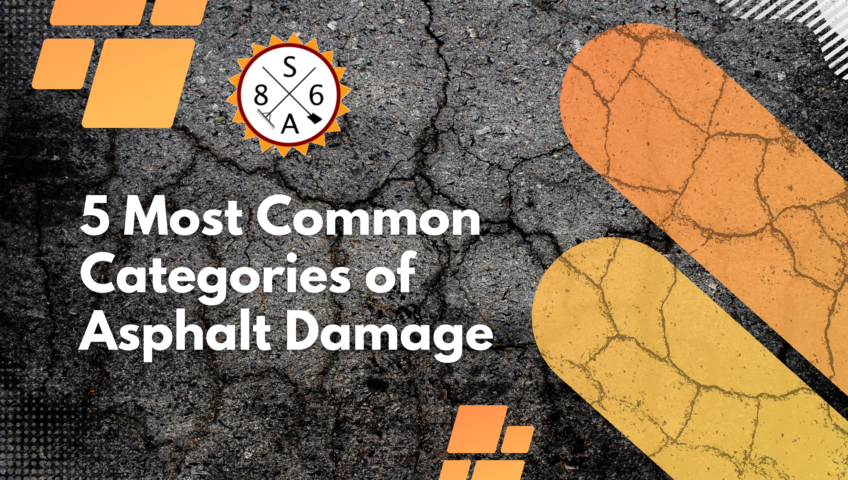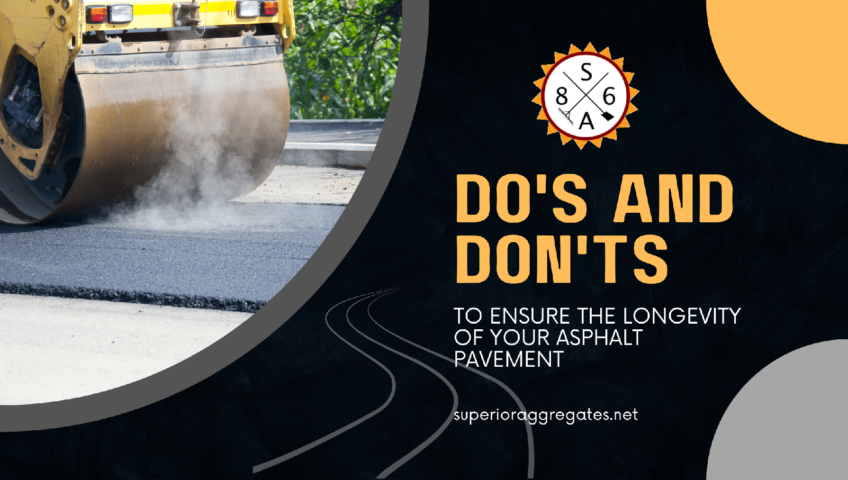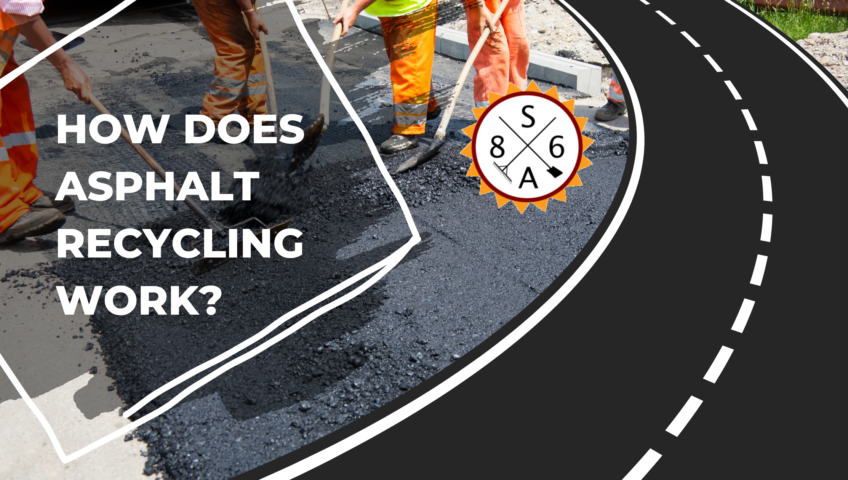
How Long To Wait To Drive Over New Asphalt
There is nothing like driving on a smooth new asphalt surface. Even though it is hard to do, you have to be patient and wait before you can use it. There are some steps you can take to help speed up the process. Continue reading to find out more information.
Can I Drive on New Asphalt Right Away?
No, it would be best if you waited two to four days before you drive on new asphalt. If you drive on it while it is wet, you can cause damage to the surface. If you can, waiting a full week is best.
How Long Does New Asphalt Take to Dry?
While asphalt is durable and lasts a long time, some time is needed when installed to ensure it dries or cures properly. The amount of time asphalt takes to dry depends on several factors.
These factors include:
- Air Temperature
- Climate
- Humidity
- Paving Thickness
The more humid or cold the weather impacts the length of time it takes for asphalt to dry. Generally, it should take two to three days, but cold or humid weather could increase drying time to a week.
How Can I Speed Up The Drying Process for Asphalt?
Asphalt companies will explain several steps you can take to speed up the drying time for asphalt.
Apply Sealcoat
A sealcoat protects your asphalt and helps it last longer. A sealcoat gives you a barrier between the asphalt and the elements that impact it, such as UV damage and water. Seal coating can also fill in any cracks in the asphalt.
Heat Lamp
A heat lamp can help speed up the drying time when you live in a colder area. You can leave the heat lamp over the asphalt for several hours. This helps to absorb moisture, so it dries faster.
No Traffic
Keep both vehicles and people off the asphalt until it has cured. If you allow traffic on it too early, it damages the surface and may allow tire marks in the asphalt.
Complete Drying Process
It takes time for the asphalt to dry completely. The asphalt construction company will give you directions about how long you should wait, and you do not want to use it before that time has elapsed. You can expect two days to one whole week before your asphalt is ready for traffic. The air temperature, humidity level, climate, and paving thickness make a difference in the amount of time it takes to dry. You may have problems if you do not allow the asphalt to dry before you use it. You may have tire marks, cracking, and other damage to your asphalt. To speed up the drying process, you should consult professional asphalt companies to ensure you are not damaging the surface.
How Can I Tell When Asphalt is Cured?
You can tell when your asphalt is cured or dry because it is hard to the touch. It will no longer feel tacky or soft or give off any fumes. You will notice the color has changed from black to gray.
What Impacts How Quickly Asphalt Can Be Cured?
Several factors impact how long it takes asphalt to cure. These include climate, humidity, air temperature, traffic, professional equipment, paving thickness, and knowledgeable installation.
There is nothing like driving on a smooth new asphalt surface. Even though it is hard to do, you have to be patient and wait before you can use it. There are some steps you can take to help speed up the process. Continue reading to find out more information.
Can I Drive on New Asphalt Right Away?
No, it would be best if you waited two to four days before you drive on new asphalt. If you drive on it while it is wet, you can cause damage to the surface. If you can, waiting a full week is best.
How Long Does New Asphalt Take to Dry?
While asphalt is durable and lasts a long time, some time is needed when installed to ensure it dries or cures properly. The amount of time asphalt takes to dry depends on several factors.
These factors include:
- Air Temperature
- Climate
- Humidity
- Paving Thickness
The more humid or cold the weather impacts the length of time it takes for asphalt to dry. Generally, it should take two to three days, but cold or humid weather could increase drying time to a week.
How Can I Speed Up The Drying Process for Asphalt?
Asphalt companies will explain several steps you can take to speed up the drying time for asphalt.
Apply Sealcoat
A sealcoat protects your asphalt and helps it last longer. A sealcoat gives you a barrier between the asphalt and the elements that impact it, such as UV damage and water. Seal coating can also fill in any cracks in the asphalt.
Heat Lamp
A heat lamp can help speed up the drying time when you live in a colder area. You can leave the heat lamp over the asphalt for several hours. This helps to absorb moisture, so it dries faster.
No Traffic
Keep both vehicles and people off the asphalt until it has cured. If you allow traffic on it too early, it damages the surface and may allow tire marks in the asphalt.
Complete Drying Process
It takes time for the asphalt to dry completely. The asphalt construction company will give you directions about how long you should wait, and you do not want to use it before that time has elapsed. You can expect two days to one whole week before your asphalt is ready for traffic. The air temperature, humidity level, climate, and paving thickness make a difference in the amount of time it takes to dry. You may have problems if you do not allow the asphalt to dry before you use it. You may have tire marks, cracking, and other damage to your asphalt. To speed up the drying process, you should consult professional asphalt companies to ensure you are not damaging the surface.
How Can I Tell When Asphalt is Cured?
You can tell when your asphalt is cured or dry because it is hard to the touch. It will no longer feel tacky or soft or give off any fumes. You will notice the color has changed from black to gray.
What Impacts How Quickly Asphalt Can Be Cured?
Several factors impact how long it takes asphalt to cure. These include climate, humidity, air temperature, traffic, professional equipment, paving thickness, and knowledgeable installation.




